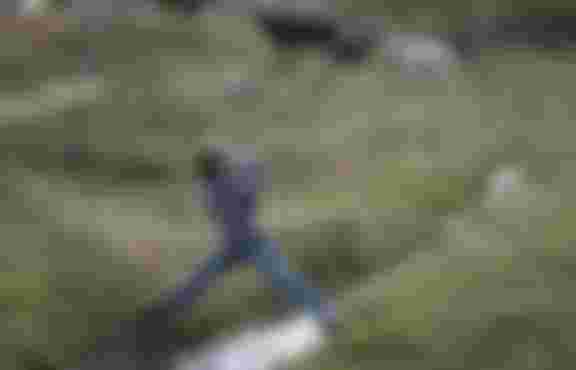The Amazon's little tipping point
Some scientists fear we are nearing a point of no return in the Amazon rainforest, which exerts power over the carbon cycle like no other terrestrial ecosystem on Earth. Evidence is mounting that in certain areas, localized iterations of irreversible damage may already be happening. Reuters has tracked three decades-long observations of the region to give a real-world view of degradation once only predicted by computer simulations.
Greture Freire and her family came to the great forest in search of land and rain. They found both in abundance on that day half a century ago, but the green wilds of the southwestern Amazon would prove tough to tame.
When they reached the settlement of Ouro Preto do Oeste in 1971, it was little more than a lonely rubber-tapper outpost hugging the single main road that ran through the jungle like a red dust scar.
Sitting on the porch of the family farmhouse in the sweltering heat of the Amazon dry season, Gertrudes, now 79 with neat gray hair tucked behind her ears and a smile that shows half a dozen stubborn teeth, recalls the hardship and hope.
Her children remember the fear. Fear of forest jaguars, indigenous tribes and the mythological Curupira: a creature with backward-turned feet who misleads unwelcome visitors to leave them lost among the trees.
The family carved their home from the forest. They built their walls from the tough trunks of the cashapona tree and thatched a leaky roof from the broad palms of the babassu. There was no electricity, and some days the only food was foraged Brazil nuts. At night, in hungry darkness they would listen to the cascading rain. Life was damp.
Until it wasn’t.
Near the Freire home, there was a stream so wide that the children – aged between 5 and 12 when they arrived – would dare each other to reach the other side. They called it Jaguar’s Creek. Now it’s not a meter wide and can be cleared with a single step.



